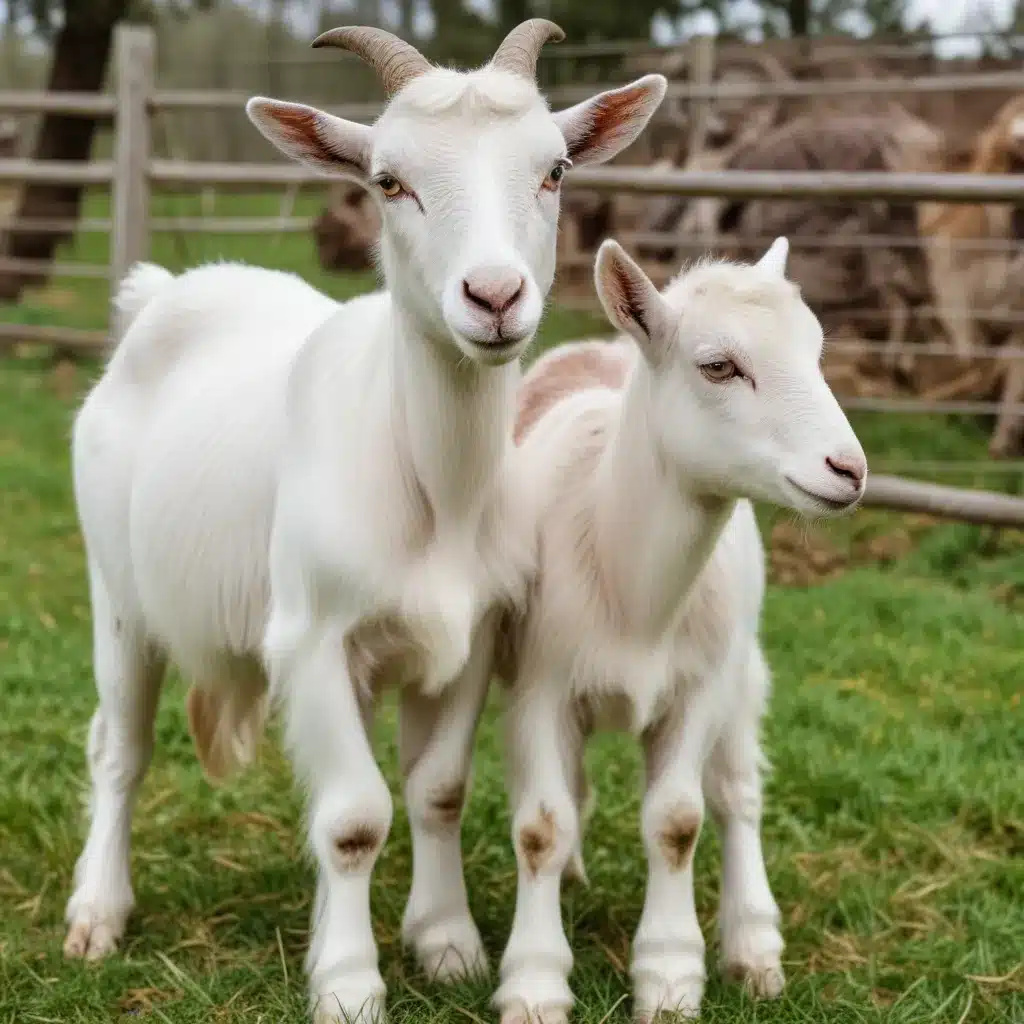
Raising dairy goats can be a rewarding addition to any homestead or small farm. These curious and affectionate creatures offer a range of benefits, from providing nutrient-dense milk to serving as engaging companions. Whether you’re a seasoned farmer or new to livestock, understanding the fundamentals of dairy goat husbandry is key to establishing a thriving herd.
Benefits of Raising Dairy Goats
Dairy goats are prized for their ability to produce highly nutritious milk. Goat milk is rich in medium-chain triglycerides, a beneficial fat that is easily absorbed and utilized by the body. It also contains a higher proportion of butterfat compared to cow’s milk, making it ideal for cheese, yogurt, and other dairy products. For those with sensitivities to cow’s milk, goat milk can often be consumed without issue.
Beyond the dairy benefits, raising goats can also contribute to a more sustainable homestead. Goats are efficient browsers, clearing unwanted vegetation and helping to maintain healthy pastures. Their manure is an excellent source of organic fertilizer, readily incorporated into garden beds and compost piles. Additionally, the economic advantages of a home dairy operation can be substantial, with the potential to generate additional income through the sale of milk, cheese, and other value-added products.
Selecting Dairy Goat Breeds
When choosing a dairy goat breed, it’s essential to consider your specific needs and preferences. Some popular dairy breeds include the Nubian, known for its rich, creamy milk; the Saanen, renowned for high milk production; and the Alpine, prized for its adaptability and versatility. The Nigerian Dwarf is a smaller breed that excels in both milk quality and quantity, making it a popular choice for homesteaders with limited space.
Each breed has unique characteristics in terms of size, temperament, and milk composition. It’s important to research the breeds thoroughly to ensure you select the right fit for your homestead. Factors like available housing, intended use (milk, meat, or pets), and personal preference should all play a role in your decision.
Providing Proper Shelter and Fencing
Goats require adequate shelter to protect them from the elements and ensure their overall well-being. A simple, well-ventilated structure, such as a lean-to or converted shed, can provide the necessary cover. Ensure the shelter is dry, draft-free, and large enough to accommodate your herd comfortably.
When it comes to fencing, goats are notorious escape artists. Field fencing or horse panels with a hot wire at the top and middle can effectively contain your herd. Goats are curious creatures and will test the limits of any enclosure, so sturdy, goat-proof fencing is essential.
Feeding and Nutrition for Dairy Goats
Dairy goats have specific dietary needs to maintain optimal milk production and health. A balanced diet should include high-quality hay, pasture, and supplemental feed formulated for lactating does. Alfalfa is an excellent source of protein, while a free-choice mineral supplement helps ensure your goats receive all the necessary vitamins and minerals.
It’s crucial to introduce any feed changes gradually to avoid digestive upset. Monitor your goats’ body condition and adjust their rations accordingly, as over- or under-feeding can have detrimental effects.
Health and Wellness Considerations
Maintaining the health of your dairy goat herd is crucial. Common issues include parasites, hoof problems, and mastitis. Establish a relationship with a knowledgeable large animal veterinarian who can provide guidance on proper vaccination, deworming, and treatment protocols.
Regular hoof trimming and providing a clean, dry environment are essential for preventing foot rot and other hoof-related ailments. Additionally, diligent udder care and monitoring can help minimize the risk of mastitis, a potentially devastating infection.
Breeding and Kid Rearing
Dairy goats typically have a gestation period of 150 days, with the average doe giving birth to 2-3 kids. Proper nutrition and management during pregnancy and kidding are crucial for the health of the mother and her offspring.
When introducing new goats to your herd, it’s best to bring them in pairs to help facilitate bonding and minimize aggression. Weaning kids at 8-12 weeks of age allows them to develop properly while providing the doe with a much-needed rest period before the next breeding season.
Milking and Dairy Production
Dairy goats are prolific milk producers, with some breeds capable of yielding up to 3 gallons per day. Invest in a sturdy milking stand to make the process more efficient and comfortable for both you and your goats. Proper milk handling and storage techniques, such as rapid chilling and freezing, can help preserve the quality and shelf life of your dairy products.
Once you’ve mastered the art of milking, explore the endless possibilities of transforming your fresh goat milk into delectable cheeses, yogurt, and other value-added goods. Sharing your homemade dairy delights with family, friends, and your local community can be a rewarding experience.
Dairy Goat Management Practices
Maintaining detailed records, such as breeding, kidding, and milk production data, can help you make informed decisions about herd management, breeding, and culling. Implementing a rotational grazing system and providing adequate protection from predators are also essential for the long-term health and productivity of your dairy goat operation.
Raising dairy goats is a multifaceted endeavor, but the rewards can be immense. With proper planning, care, and a bit of patience, you can establish a thriving herd that provides your family with fresh, nutrient-dense dairy products and offers a delightful addition to your homestead. For more information and resources, be sure to visit CrookedPinesFarm.com.


